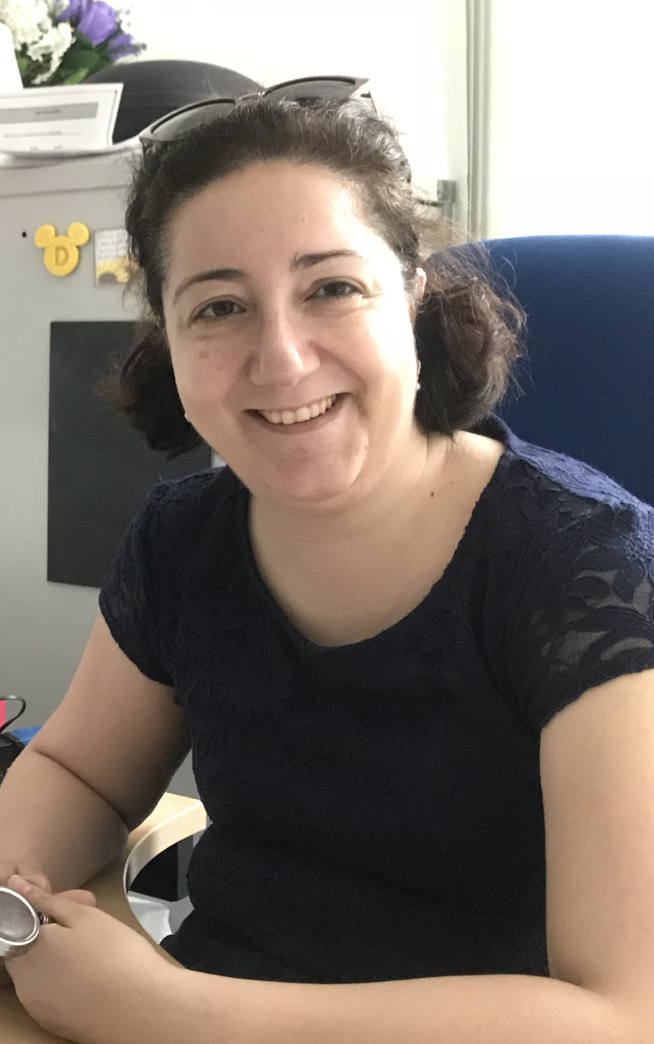Recent advances in AI not only created promises for what AI can do, but also introduced questions about how to bring this promise to reality in real-world applications in a responsible way. In this talk, I will describe my journey at Microsoft Research from being amazed by the sparks of GPT-4 to understanding limitations of current family of models and driving research on what comes next. I will discuss research directions we are pursuing to make future AI systems more efficient, sustainable, controllable and valuable through innovations in model training, agent technologies and engineering practices. I will conclude with reflections on our unified responsibly in balancing the promise of AI with rising risks and concerns.

Overflow in Signature Room on the 5th Floor in Summit
Demonstration List
The Visual Remix: Swap Objects with Ease, Bhushan Garware
Better Call SAL: Towards Learning to Segment Anything in Lidar, Aljosa Osep, Tim Meinhardt, Francesco Ferroni, Neehar Peri, Deva Ramanan, Laura Leal-Taixé
ScribblePrompt: Fast and Flexible Interactive Segmentation for Any Biomedical Image, Hallee Wong, Marianne Rakic, John Guttag, Adrian Dalca
DART: Implicit Doppler Tomography for Radar Novel View Synthesis, Tianshu Huang, John Miller, Akarsh Prabhakara, Tao Jin, Tarana Laroia, Zico Kolter, Anthony Rowe
Visual Place Recognition using 3D City Models, Gabriele Berton, Lorenz Junglas, Tom Pollock, Carlo Masone, Barbara Caputo
A Computer Vision Testbed for New York City Street Intersections, Mehmet Kerem Turkcan, Mahshid Ghasemi Dehkordi, Sofia Kleisarchaki, Thomas Calmant, Levent Gürgen, Javad Ghaderi, Gil Zussman, Zoran Kostic
L-MAGIC: Language Model Assisted Generation of Images with Coherence, Zhipeng Cai; Tien Pei Chou
BEST DEMO AWARD Building UBC in Minecraft, Ashtan Mistal
BEST DEMO AWARD SuperPrimitive: Scene Reconstruction at a Primitive Level, Kirill Mazur, Gwangbin Bae, Andrew J. Davison
H-Unique: 3D Hand Reconstruction and Automated Mapping of Anatomical Detail for Forensic Identification, Bryan M. Williams, Hossein Rahmani, Sue Black, Xinyu Yang, Zheheng Jiang, Andrei Banica
Universal 3D Reconstruction: Interactive Demonstration of the Scalable 3D Lifting Foundation Model (3D-LFM), Mosam Dabhi, László A. Jeni, Simon Lucey
Neuro-Symbolic Olympics Diving Judge, Lauren Okamoto, Paritosh Parmar
Grounding Everything: Emerging Localization Properties in Vision-Language Transformers, Walid Bousselham
CoGS: Controllable Gaussian Splatting, Heng Yu, Joel Julin, Zoltan Á Milacski, Koichiro Niinuma, László A. Jeni
Cutting-edge Text-Image Comprehension and Composition in Vision-Language Large Model, Jiaqi Wang, Xiaoyi Dong, Pan Zhang, Yuhang Zang
Collaborative Score Distillation for Consistent Visual Editing of My Own Visual Assets, Subin Kim, Sooyeon Park
Semantic Class-Adaptive Diffusion Model (SCA-DM), Alex Ergasti, Claudio Ferrari,Tomaso Fontanini,Massimo Bertozzi,Andrea Prati
A Real-Time Speech-Driven Vocal Tract Avatar, Tejas Prabhune, Peter Wu, Cheol Jun Cho, Bohan Yu, Gopala Anumanchipalli
Friday 21st June
- 11am\ Gallery Tour with Curator and Artists
- 2:45pm\ Conference Keynote: Sofia Crespo
Overflow in Signature Room on the 5th Floor in Summit
Entanglements, Exploring Artificial Biodiversity
Sofia Crespo discusses her artistic practice and creative journey, focusing on the use of generative systems, and particularly neural networks, as a means to explore speculative lifeforms.

CVPR: past, present, and future
(Overflow A&B)
Moderator: Kiana Ehsani, Senior Research Scientist @PRIOR @Allen Institute for AI
Panelists:
Dima Damen, Professor of Computer Vision, University of Bristol and Senior Research Scientist at Google DeepMind.
Cordelia Schmidt, Head of the THOTH project team at INRIA
Ranjay Krishna, Assistant Professor, University of Washington

